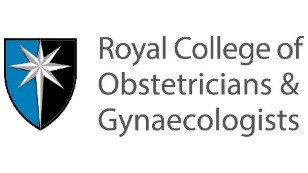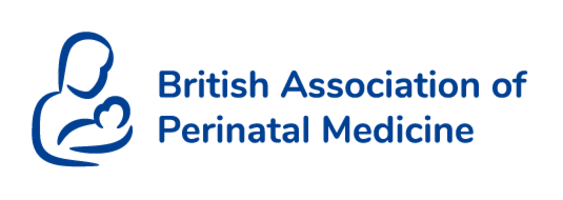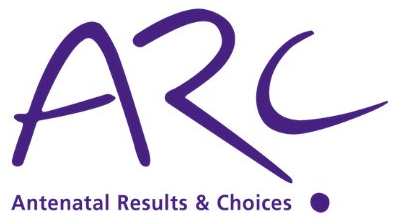Note
Supporting videos
Births INCLUDED in this guidance
- In-hospital spontaneous births <22+0 weeks
- In-hospital spontaneous births at 22+0 to 23+6 weeks where, following discussion and agreement with parents, active survival-focused care is not appropriate
- The same principles also apply to pre-hospital spontaneous births <22+0 weeks—see BAPM framework for practice on pre-hospital management of the baby born at extreme preterm gestation
Births NOT INCLUDED in this guidance
- Medical terminations of pregnancy
- Spontaneous births of uncertain gestation
- Spontaneous births at 22+0 to 23+6 weeks of gestation where initiation of active survival-focused neonatal care is planned or uncertain
Communication with parents
Effective communication can reduce the impact of trauma on parents. Sensitively counsel parents that
- Babies born before 24 weeks are small and immature and often do not survive birth
- Babies who die just before birth may show brief reflex movements but these are not "signs of life"
- Babies who survive birth may show signs of life for a few minutes or occasionally for a few hours. A doctor will be asked to attend to confirm signs of life and appropriate comfort care will be provided for their baby
Actively listen and take the lead from the woman and her partner regarding preferred language. Many prefer to be described as "parents" experiencing the "loss" or "death of their baby". However, each situation is unique and there are those who would prefer to be addressed as individuals rather than parents and for the birth to be referred to as "the end of the pregnancy" or as a "miscarriage".
Observing signs of life
- Observe for visible persistent signs respectfully while holding baby
- Use of a stethoscope is not necessary
- Parents' observations of signs of life should be included in discussions if they wish to share them
Live birth is determined by 1 or more persistent visible sign of life:
Fleeting reflex activity including transient gasps, brief visible pulsation of the chest wall or brief twitches or involuntary muscle movement observed only in the first minute after birth does not warrant classification as signs of life.
Following live birth
- England, Wales & Northern Ireland
- A doctor should be called (usually the attending obstetrician) to confirm and document live birth. This avoids potential distress when the doctor cannot complete a death certificate because they have not seen the baby alive and there is then a requirement to contact the coroner
- Scotland
- A doctor can rely on an attending midwife's history to confirm live birth and is not required to attend
- UK-wide
- Provide appropriate comfort care following a perinatal palliative care pathway. Care should meet baby's physical needs and parents' physical and emotional needs. See Together for Short Lives
Bereavement care: ALL BIRTHS
- Ensure a parent-led bereavement care plan is in place. Follow the National Bereavement Care Pathway in England and Scotland and locally developed bereavement pathways in Wales and Northern Ireland
- Be aware of what choices your hospital can offer
- Allow time for parents to decide what is right for them
- Be sensitive to the individual needs of parents
- Provide choices and support including time and privacy with baby, opportunities to make memories and discuss available options for burial, cremation or sensitive disposal of their baby's body
- Inform parents about available support services and refer as appropriate
- Refer parents as appropriate to community postnatal care, GP and mental health teams following local protocols
Documenting the birth and death
MISCARRIAGE
- UK-wide
- Document the miscarriage. There is no legal requirement to register births before 24+0 weeks but sensitively offer parents informal "certificate of loss" or "certificate of birth"
LIVE BIRTH
- England, Wales & Northern Ireland
- After the baby dies, a neonatal death certificate must be issued by a doctor who witnessed the signs of life. If signs of life have not been witnessed by a doctor, the doctor & midwife should confirm and document the live birth and the doctor must inform the coroner to issue a neonatal death certificate
- Scotland
- The doctor and midwife should confirm and document the live birth. The doctor must complete a neonatal death certificate after the baby dies
- UK-wide
- Complete birth notification. Parents must register the birth and death





